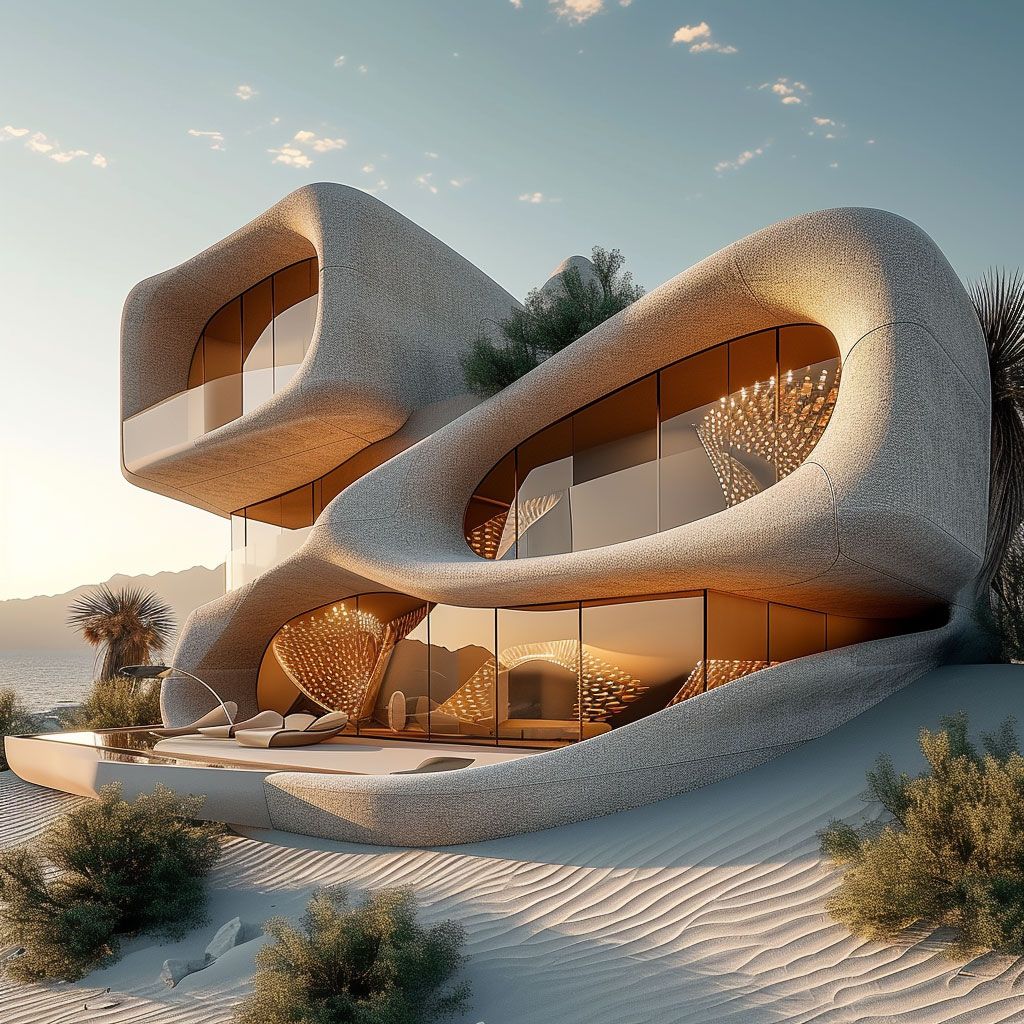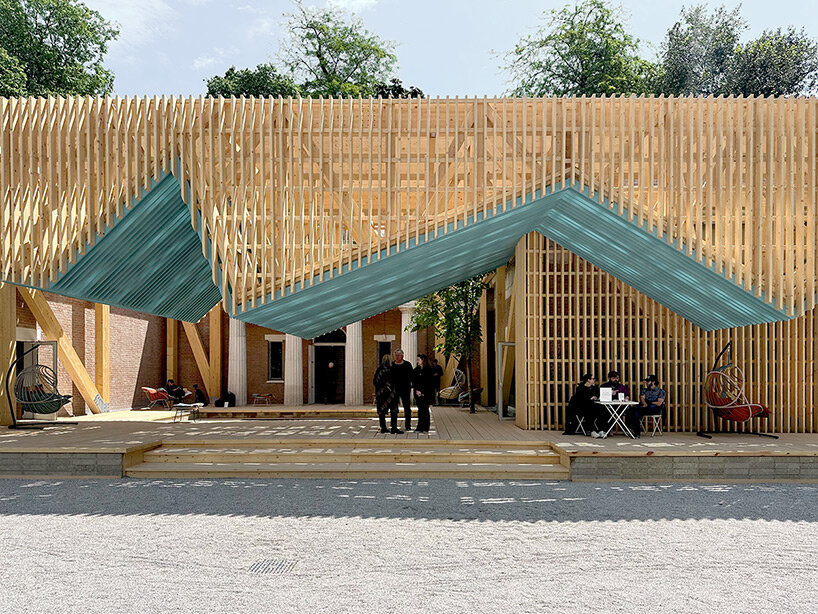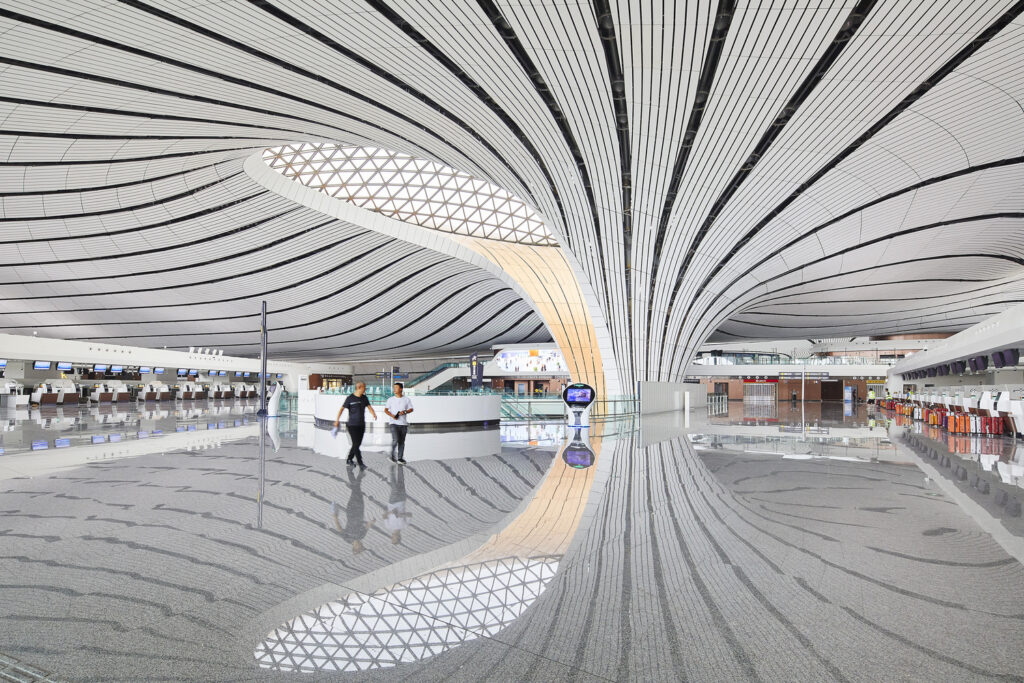
Parametric Architecture: A Modern Approach to Spatial Design
A new way of thinking about construction
In contemporary architecture, there is an increasing demand for solutions that not only correspond to function and aesthetics, but also adapt to context, users and long-term sustainability. Parametric architecture as an approach to design enables exactly that - the shaping of space using logically defined relationships and algorithms, where the form develops in accordance with a series of precisely defined parameters.
This methodological framework opens up possibilities for creating optimized and unique architectural forms, which respond to location conditions, investor needs and user requirements - all within the framework of a process that enables a high degree of control and transparency already at an early stage of project development.
What does the parametric approach mean for investors?
1. Smarter planning from the start
The parametric model allows key factors – such as lighting, orientation, views, human circulation, energy efficiency and environmental friendliness – to be taken into account during the conceptual design phase. This way, decisions are based on data, not assumptions.
The result is greater predictability of the functionality of the space, as well as a potentially more favorable ratio of investment and return through better utilization of the location and construction site capabilities.
2. Individualization without loss of control
Unlike typical solutions, parametric architecture allows for a high level of customization without necessarily increasing process complexity. Different project scenarios can be tested within the same model, giving investors clearer insight into opportunities and risks – before the performance begins.
3. Openness towards technologically advanced construction
Parametric models are compatible with a range of digital systems, including tools for simulation, analysis and preparation for digital manufacturing. Although this technology is still developing its position in a regional context, global examples show its potential in the direction of energy-efficient, environmentally sustainable and recognizable buildings.
Visual and functional value
Spaces designed with this approach often stand out for their innovative geometry and harmony with the environment. Behind such a form lies a rational system of parameters – not subjective intuition – which gives architecture an additional dimension of meaning and long-term usability.
In urban, commercial or cultural projects, this form of expression can contribute positioning the object as a local point of recognition, but also as an element that generates additional value through attractiveness and functionality.
Development perspective
The parametric approach is increasingly present in the context of modern urbanism, sustainable construction and the digital transformation of the sector. It does not replace existing methods, but complements them. builds on and guides towards more efficient decision-making and smarter use of resources.
Companies and institutions that recognize this approach in a timely manner as a tool for strategic spatial design will have the opportunity to design projects that stand out not only in form, but also in the functional results they bring.
Parametric architecture is not just a matter of aesthetics or technology – it is a way of thinking in which a project is viewed as a system, not an isolated object. In this system, every element is considered, coordinated, and data-driven.
For investors who think long-term and seek added value through design that goes beyond standard matrices, this approach opens up space for innovation, optimization, and visual distinction.






Responses